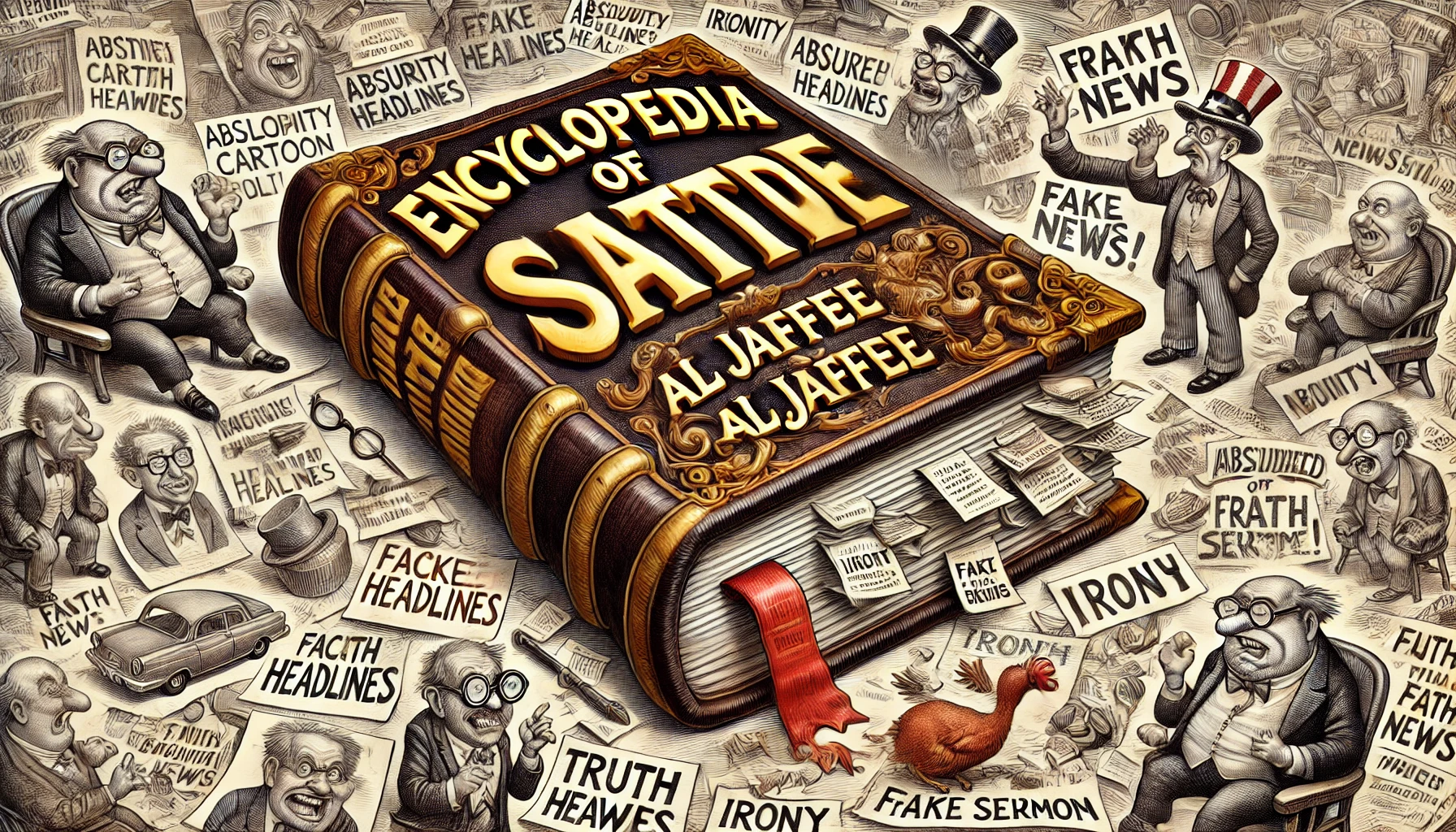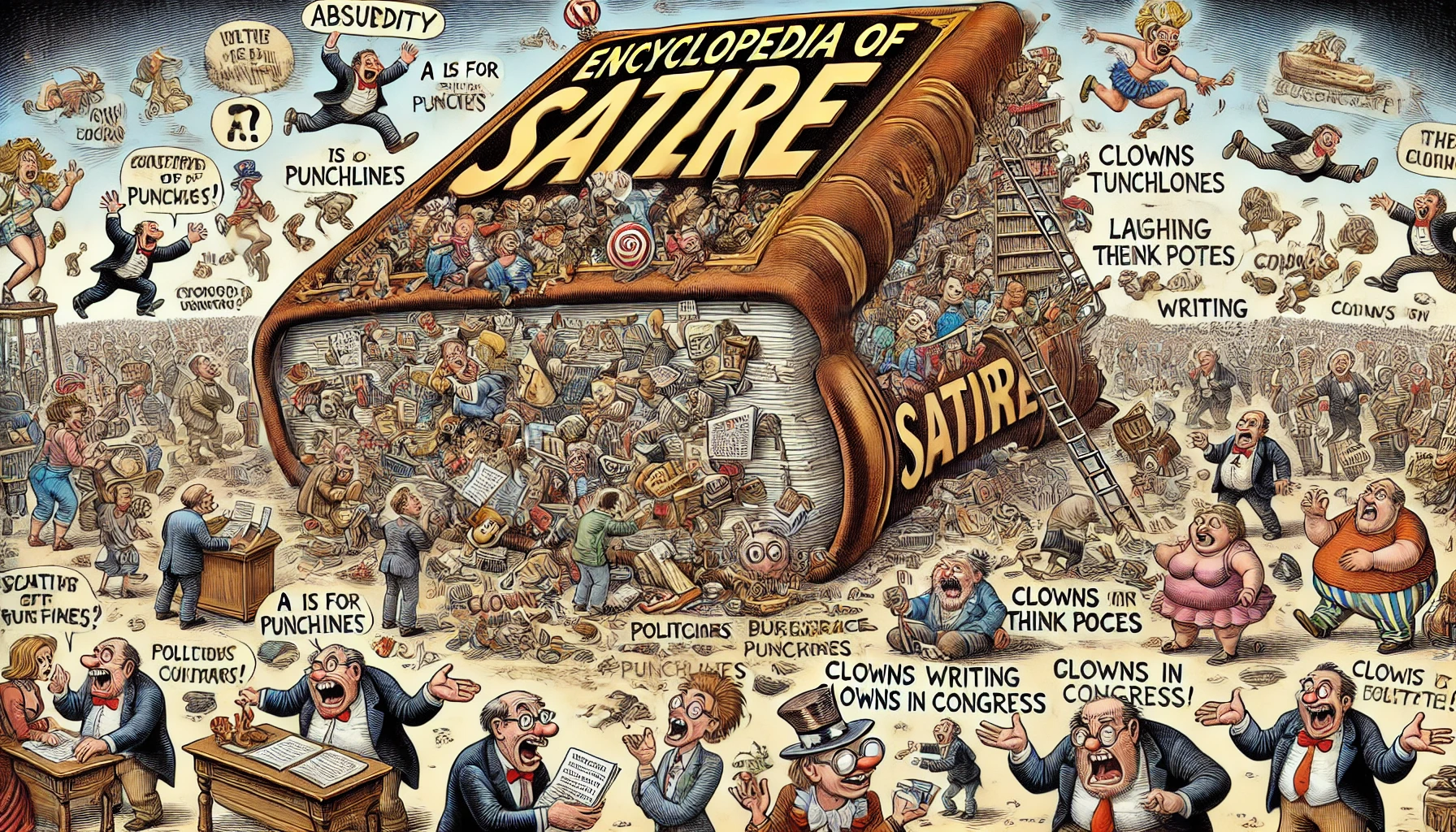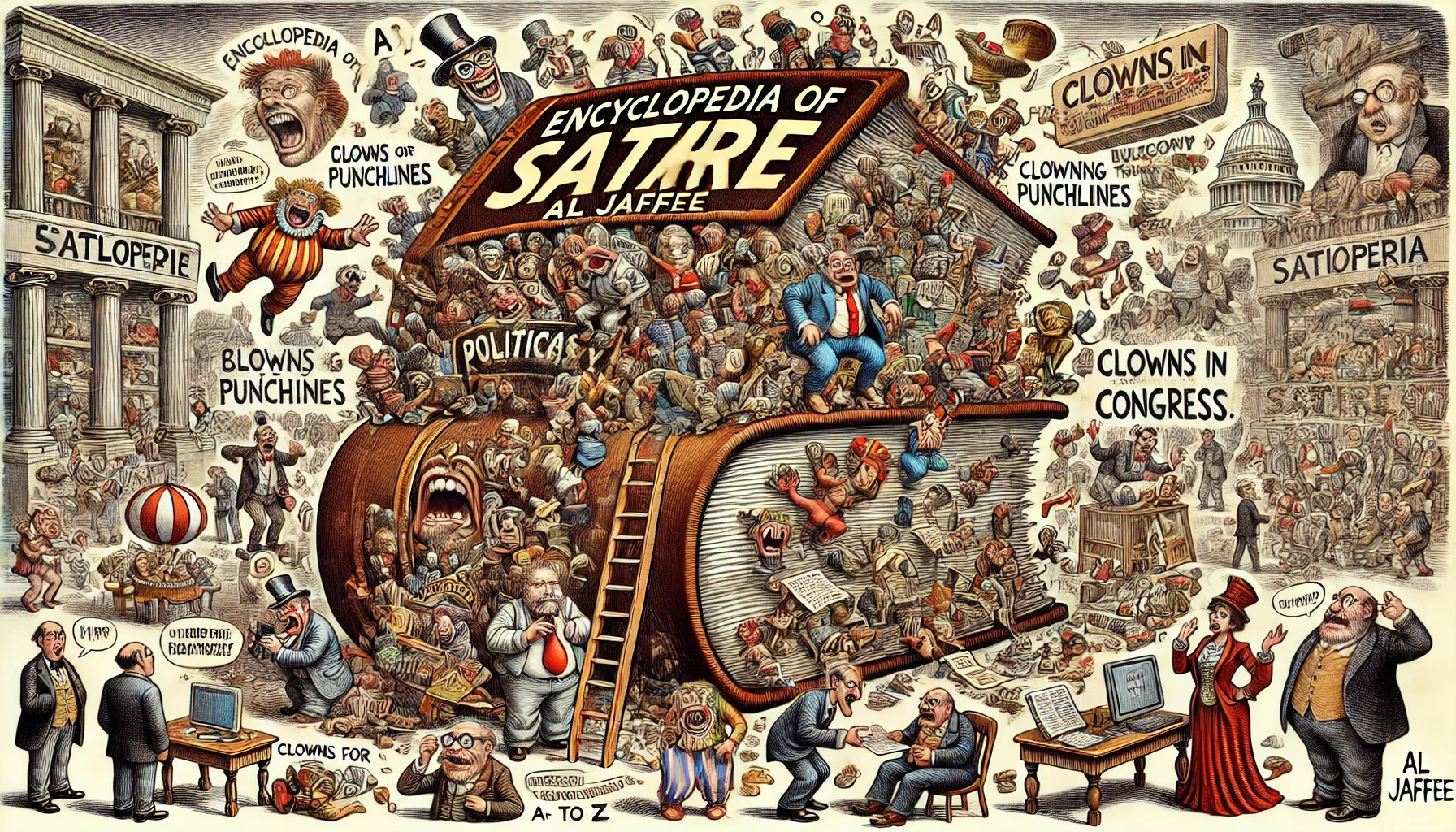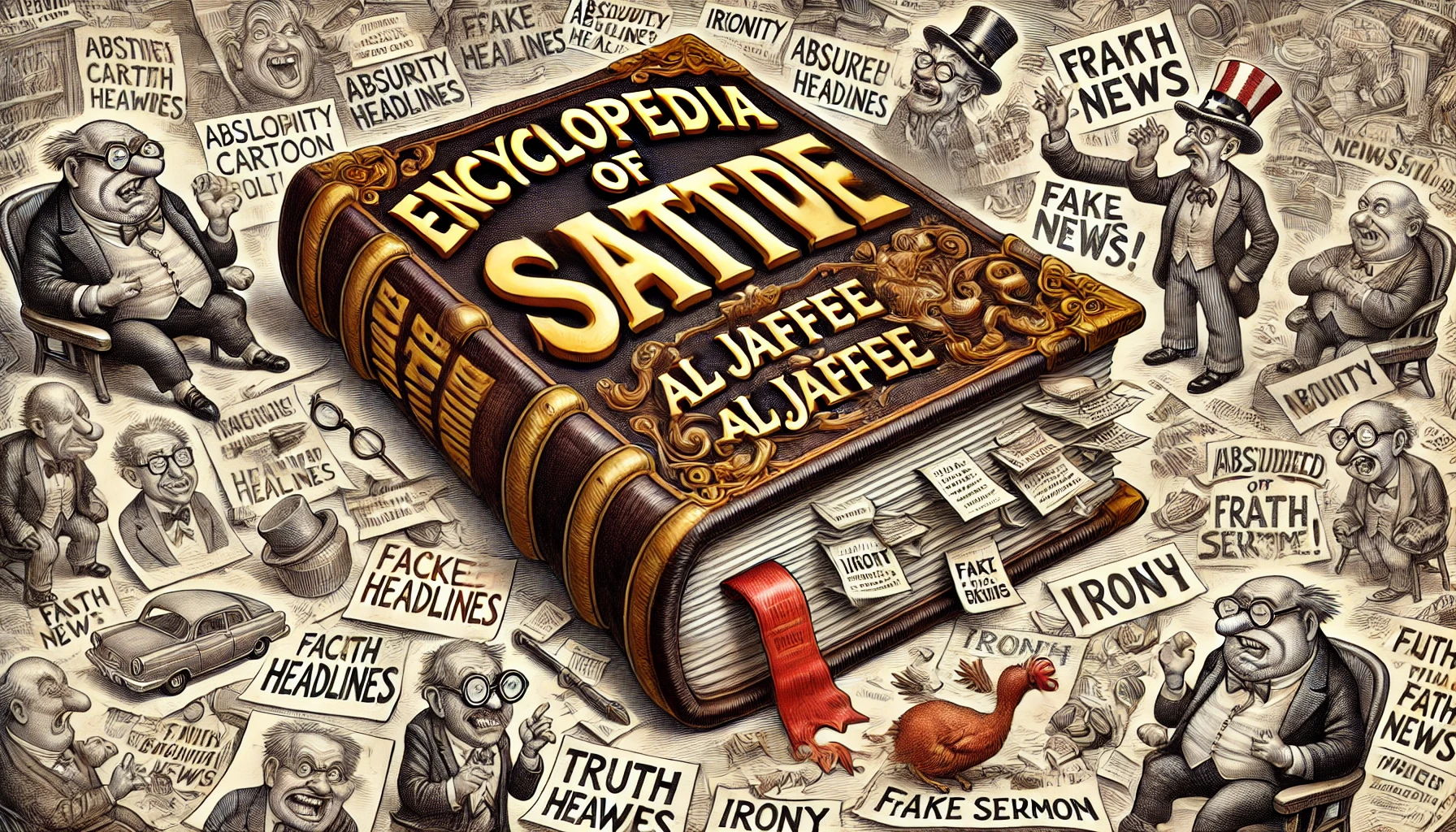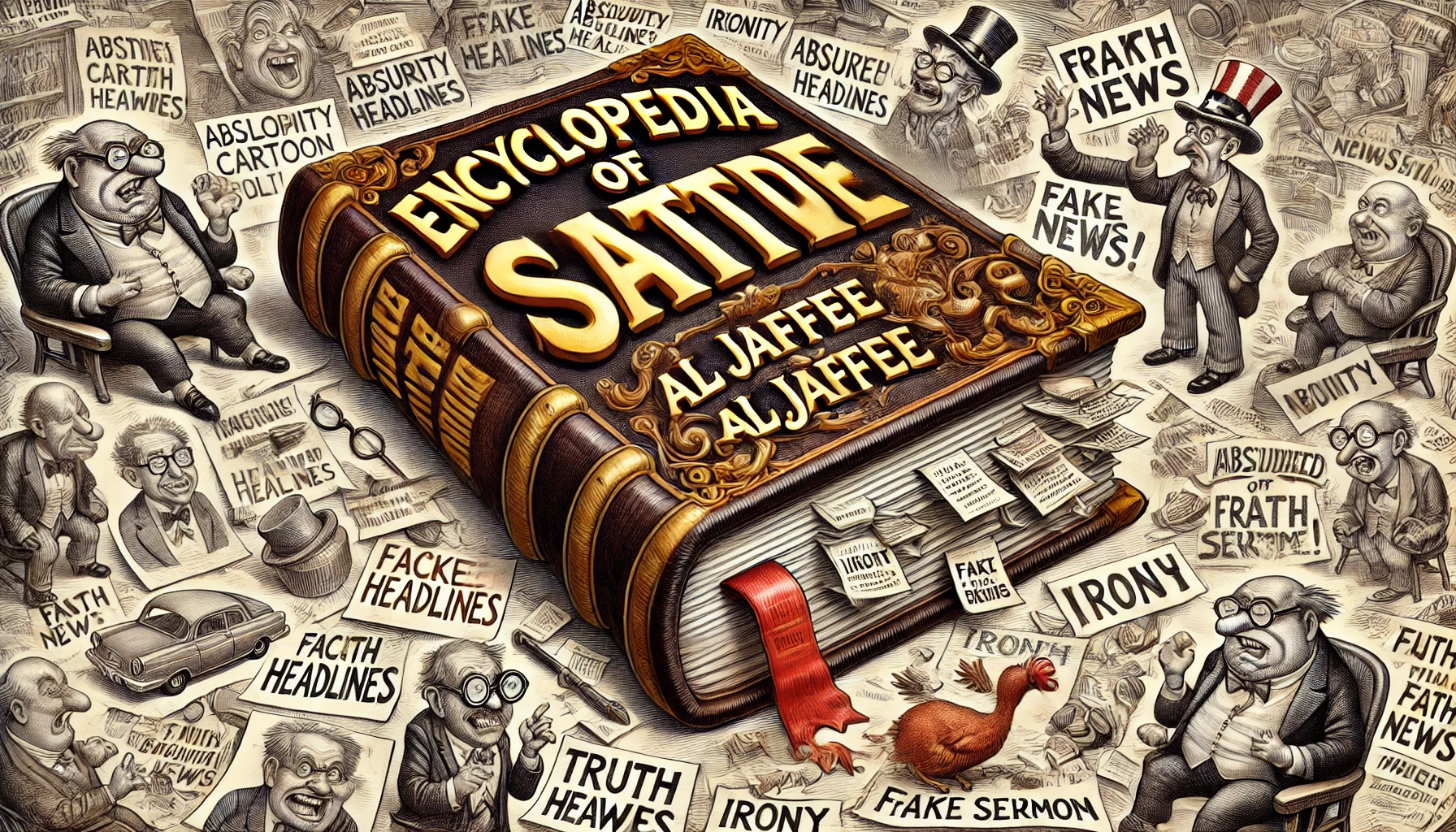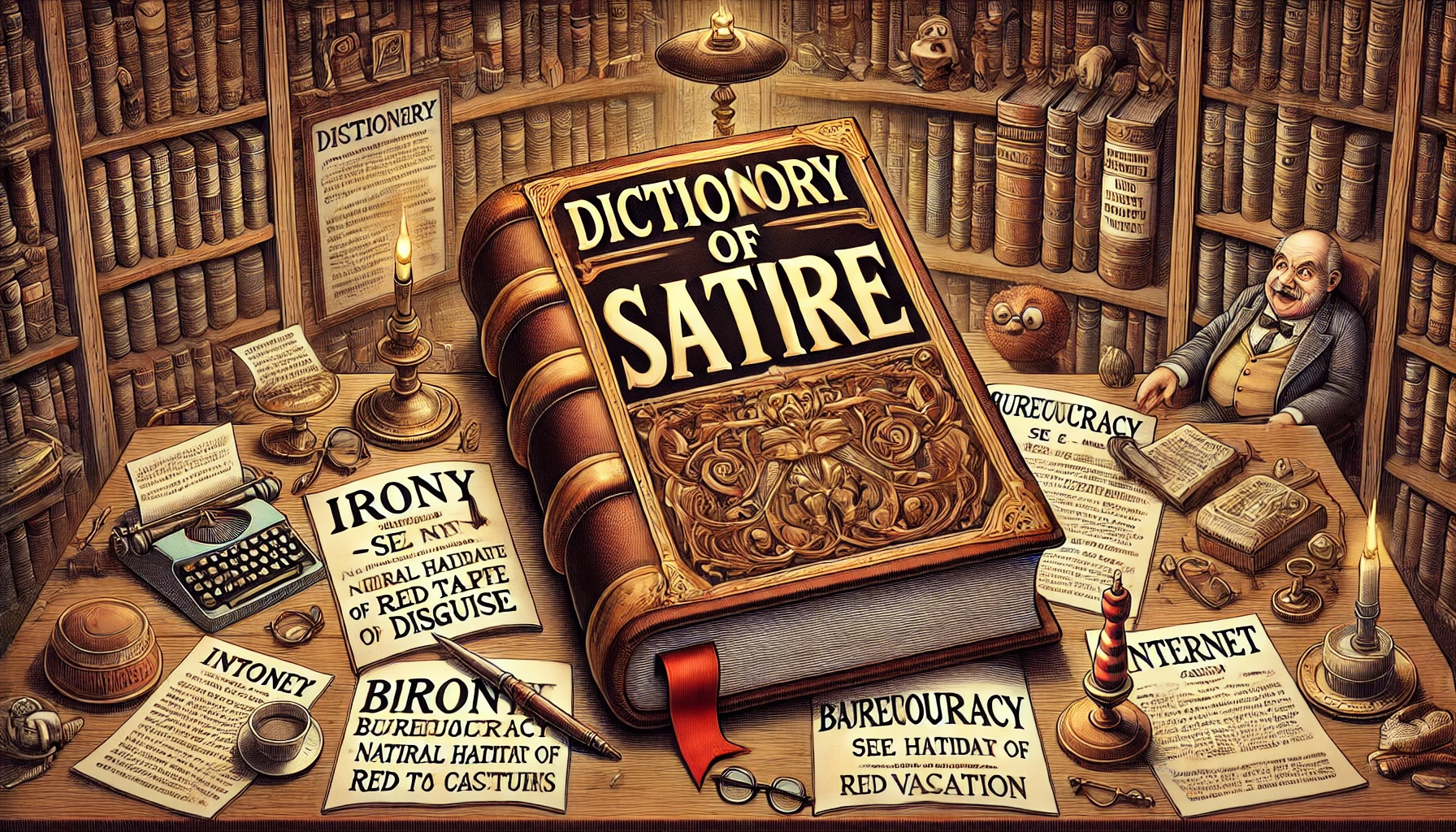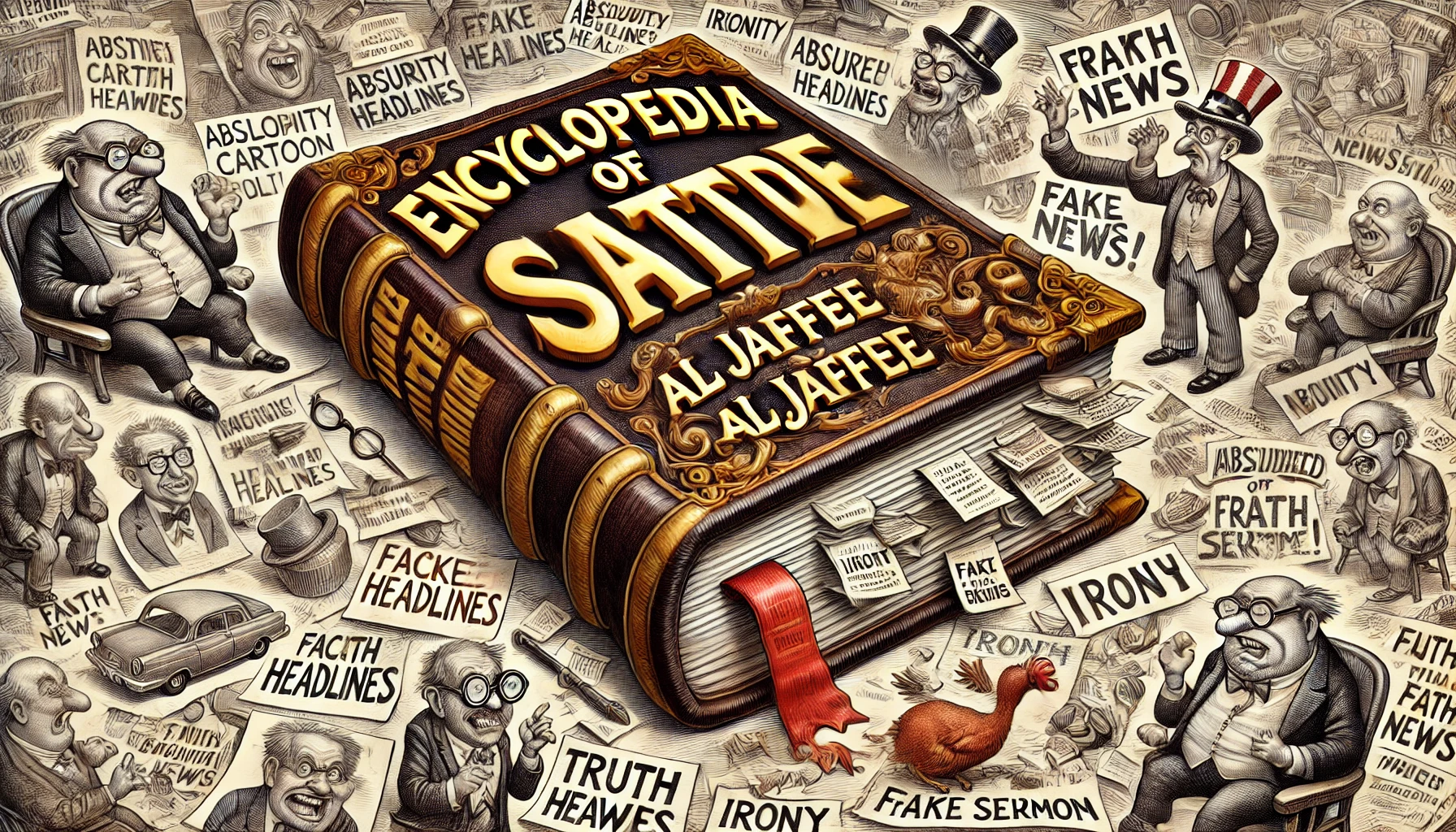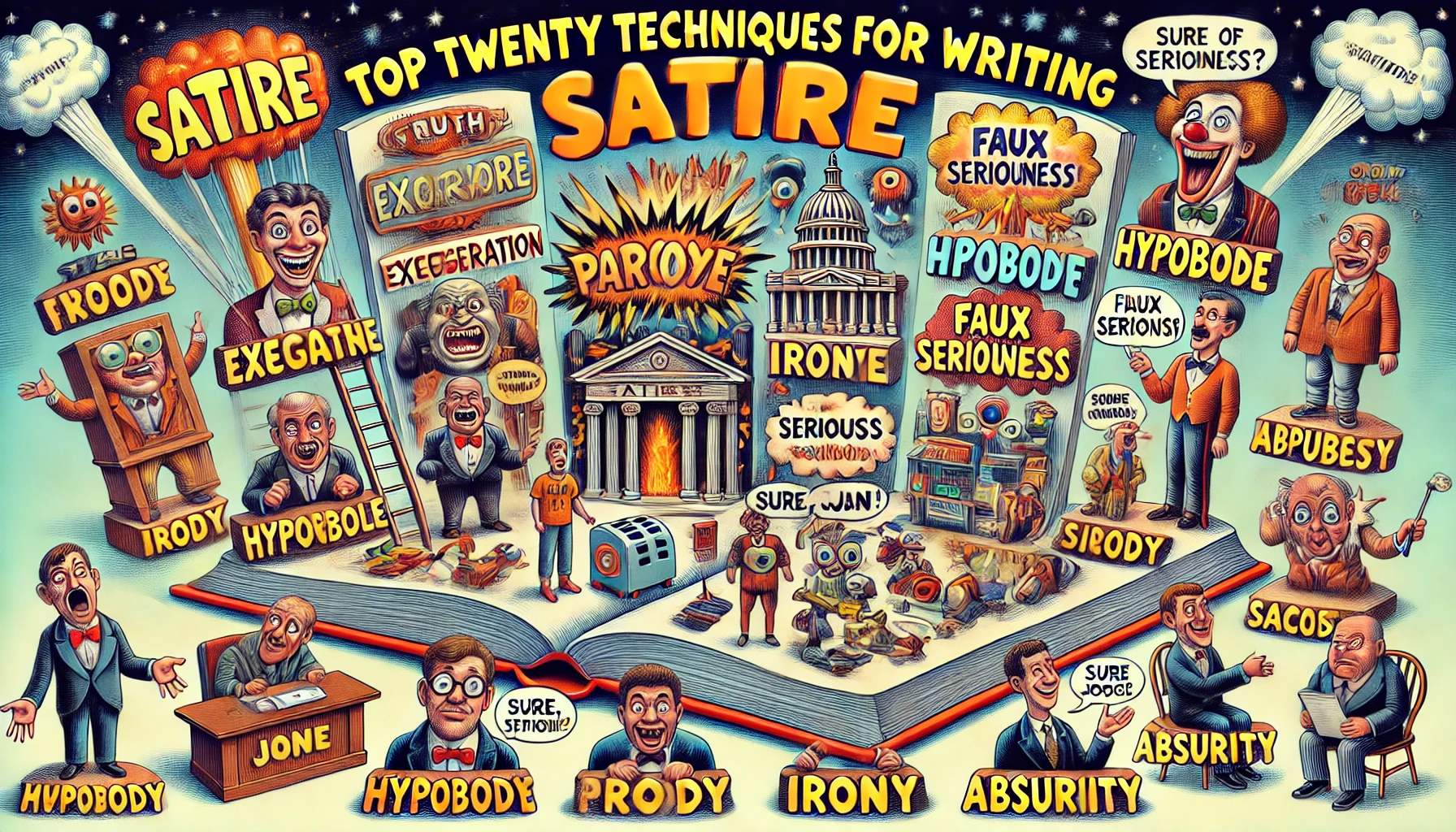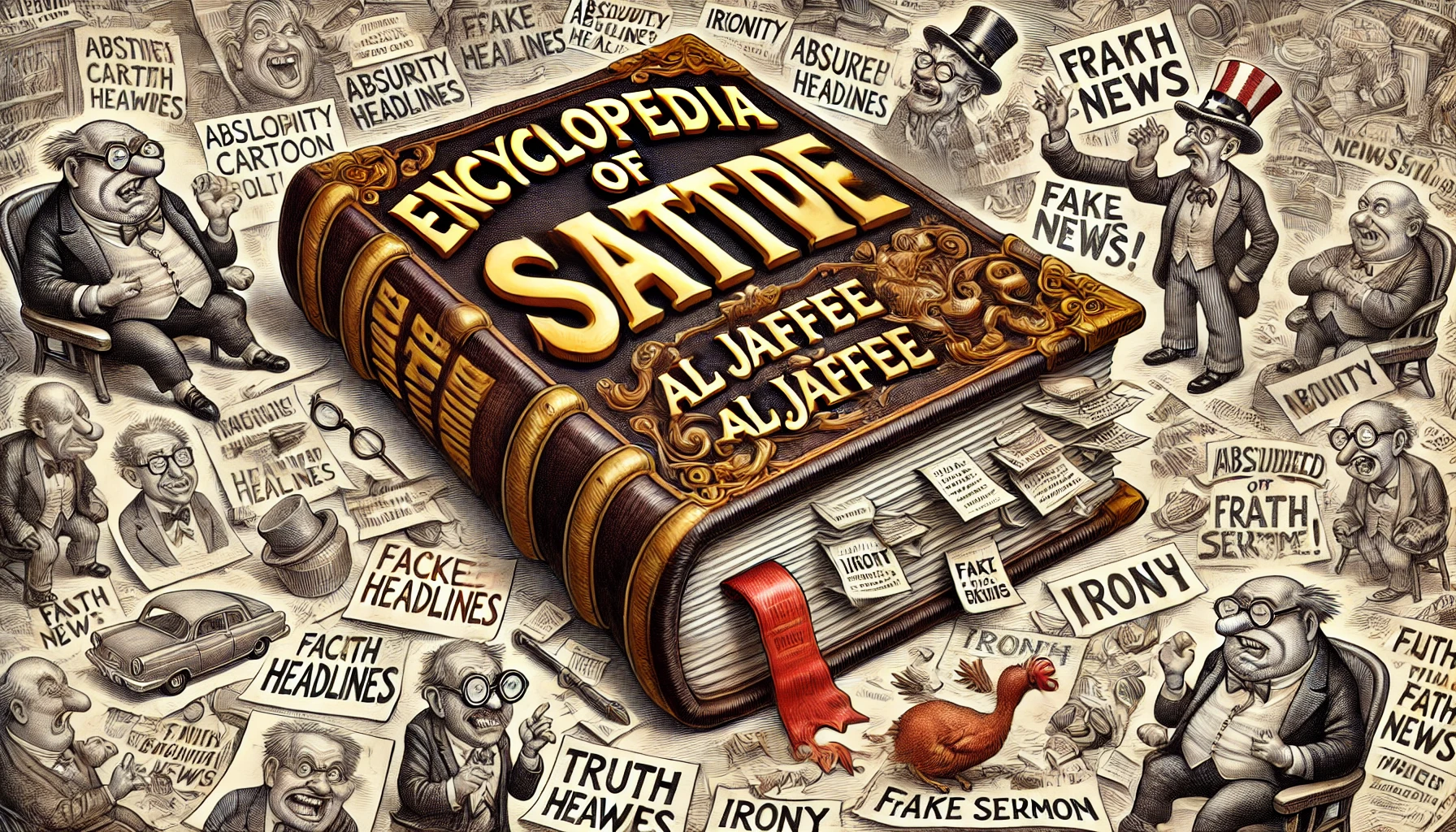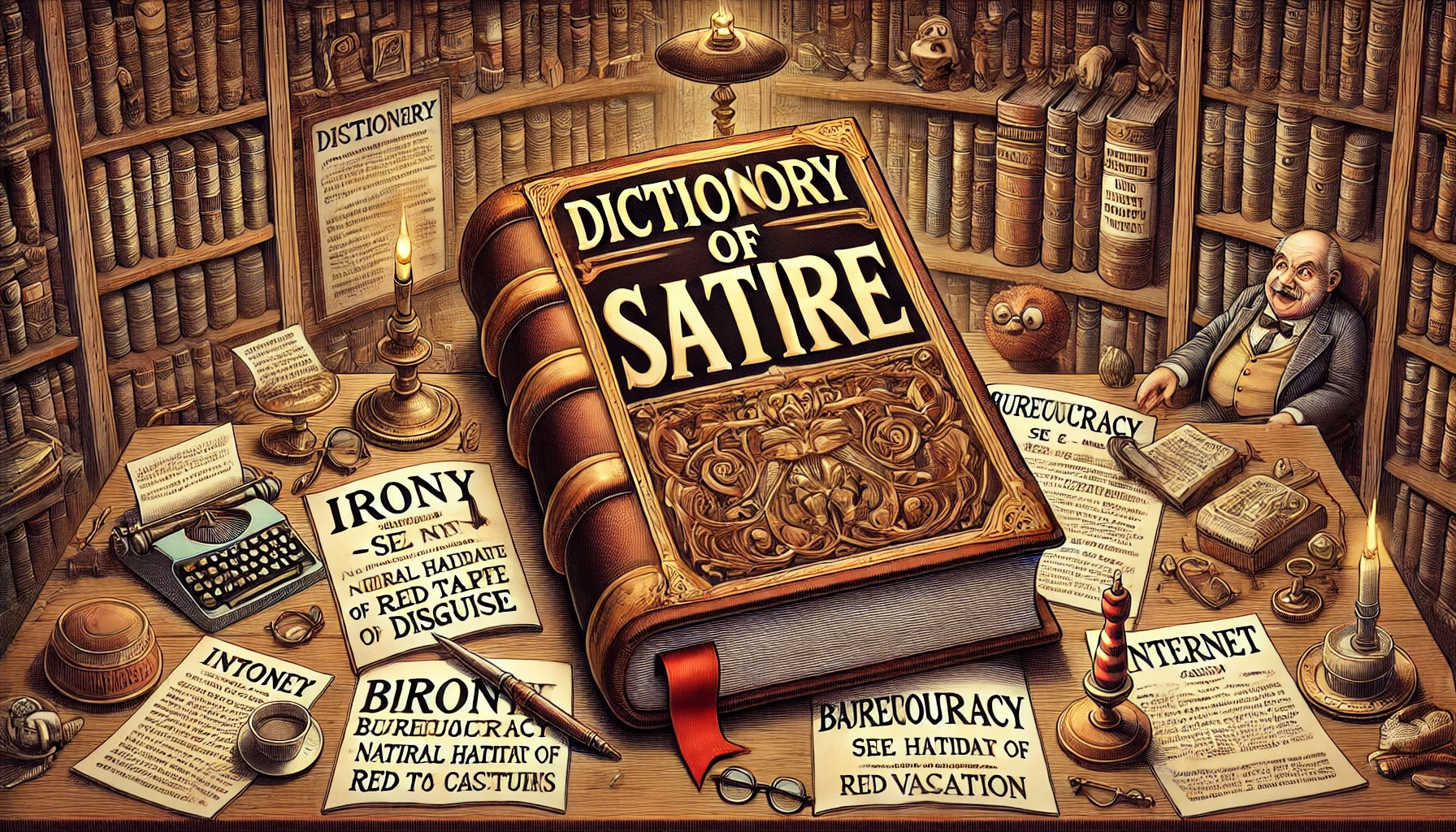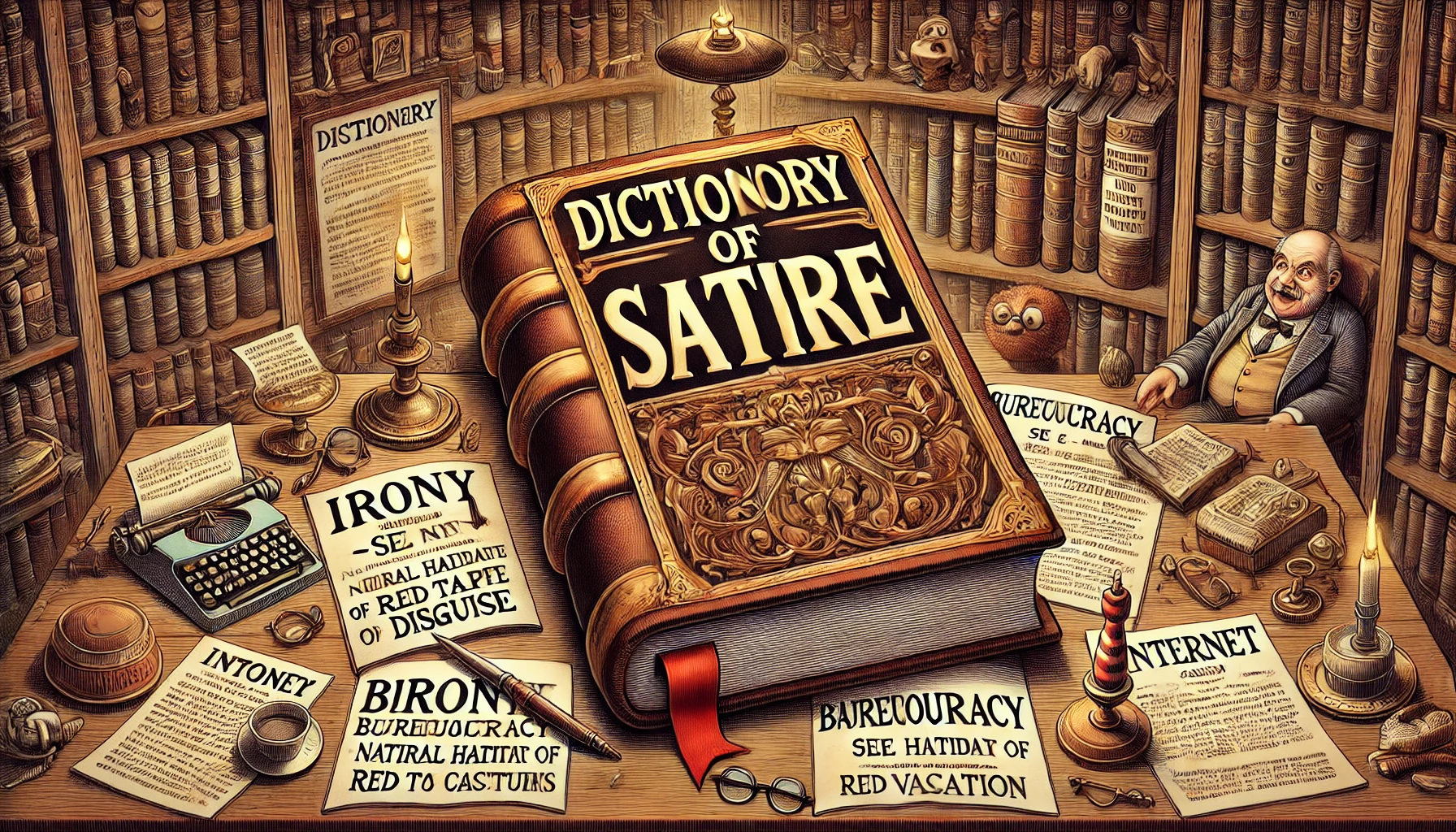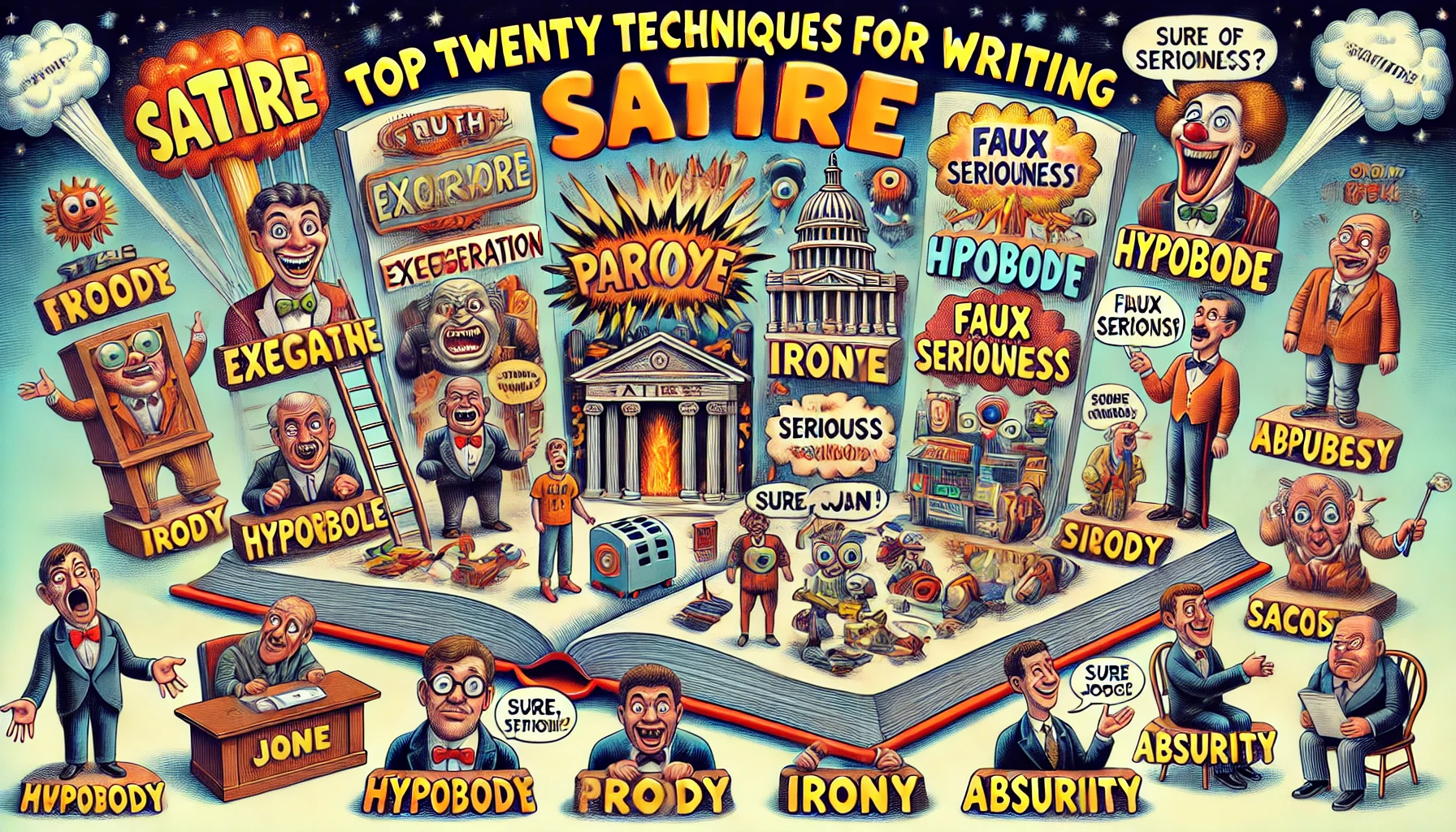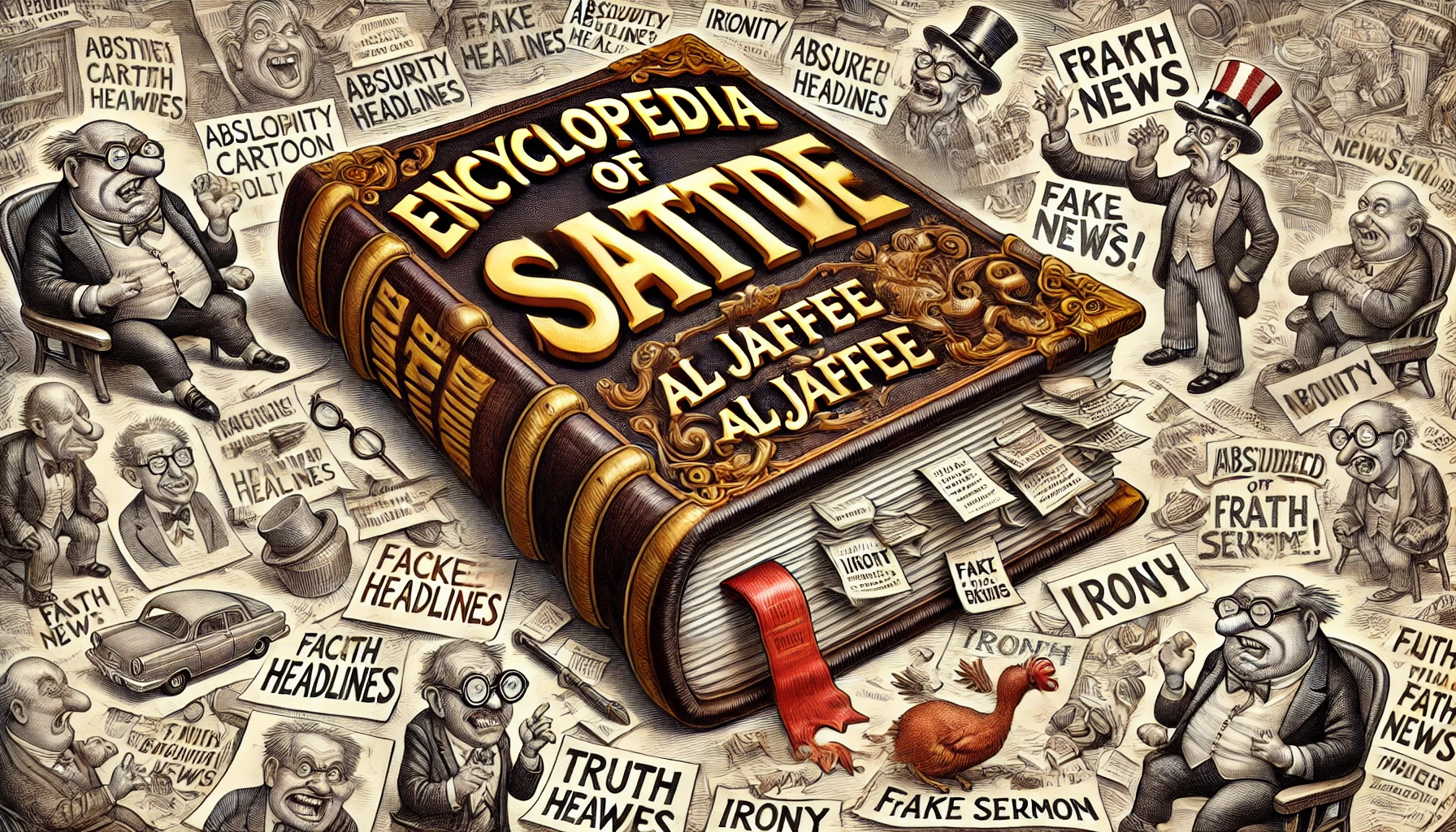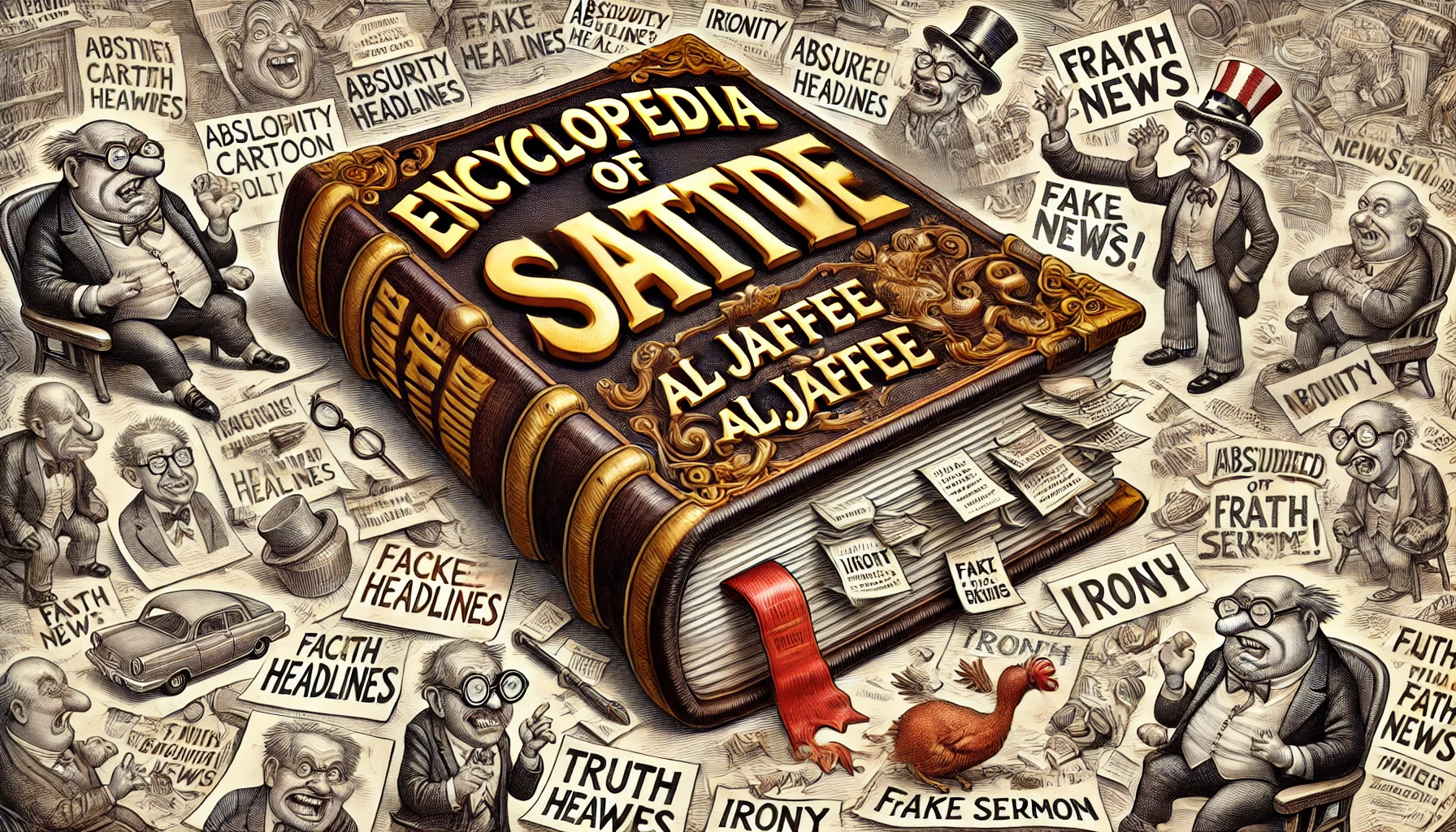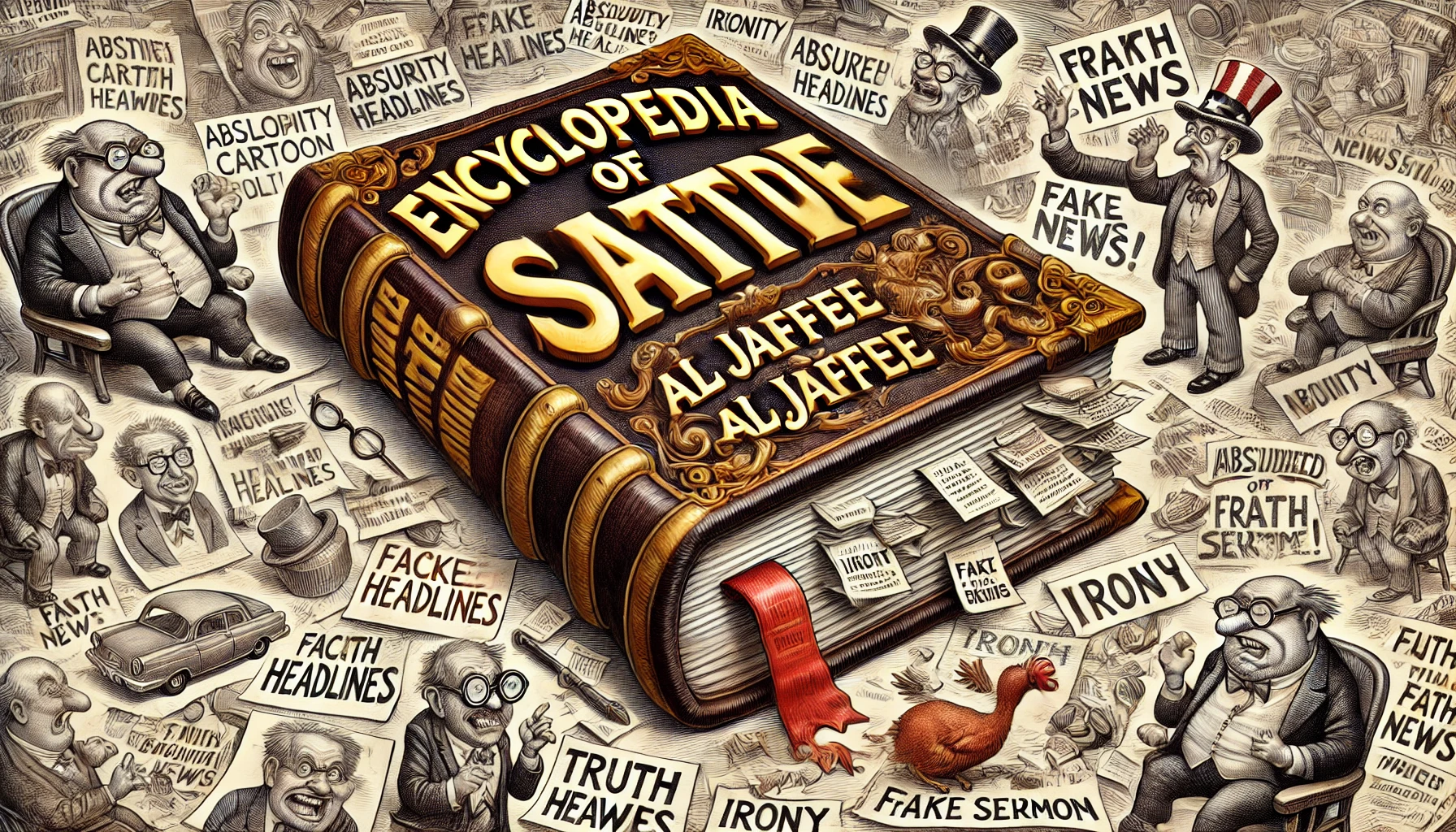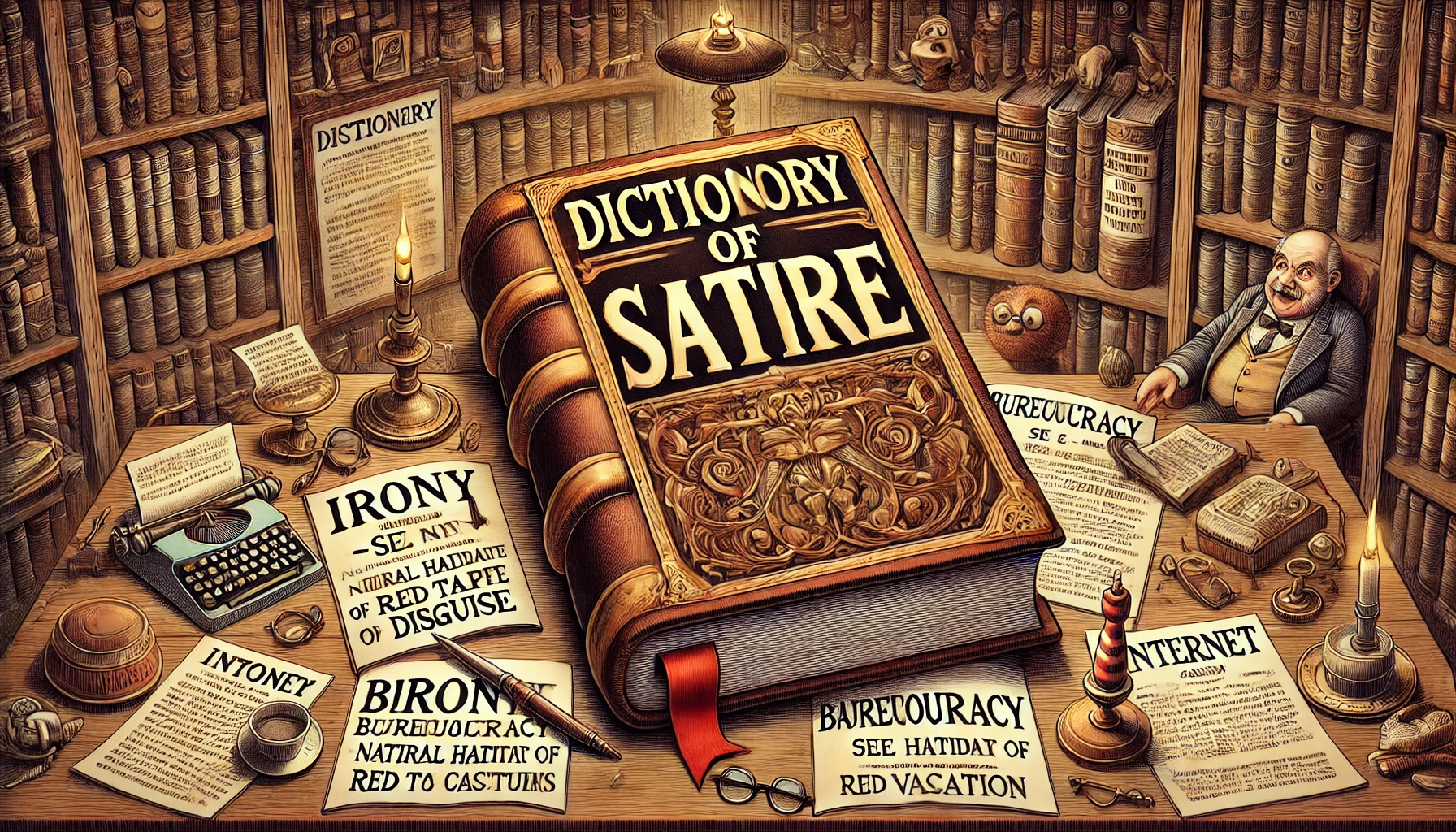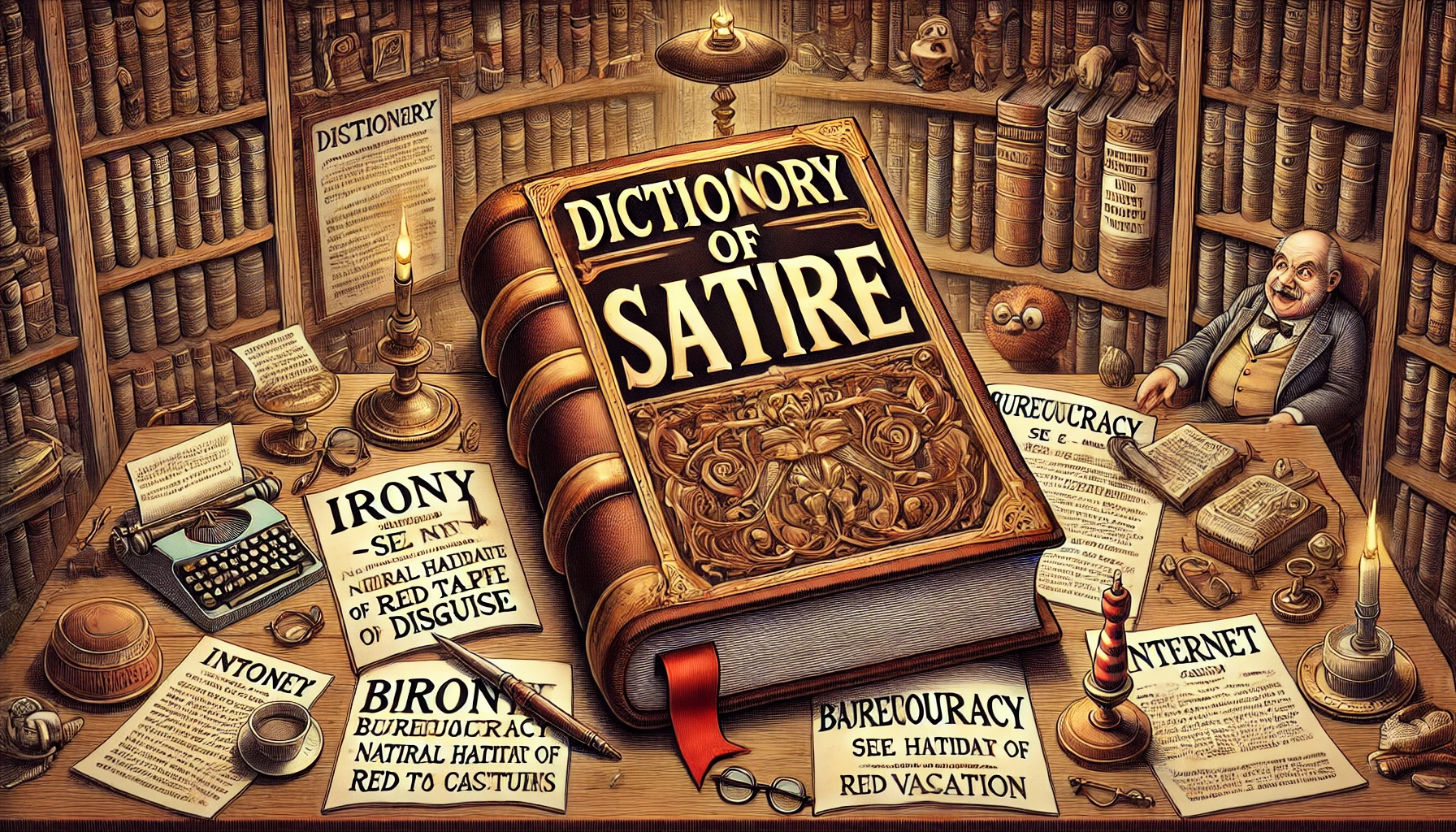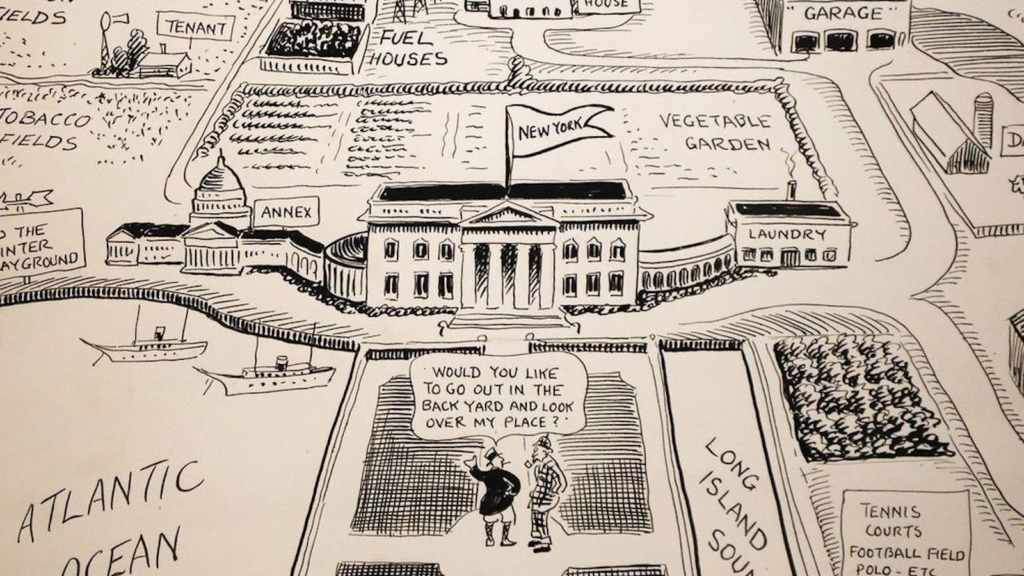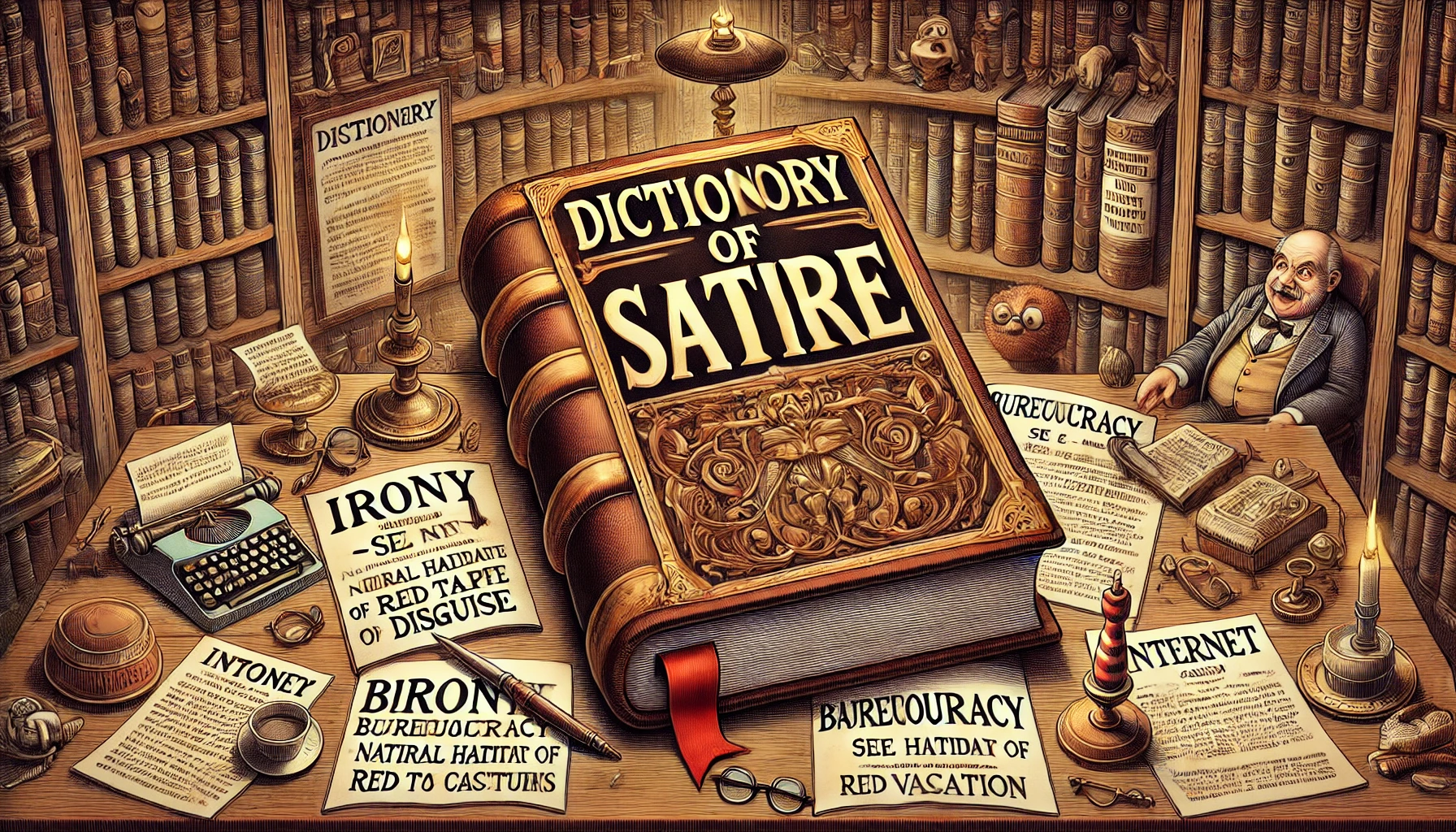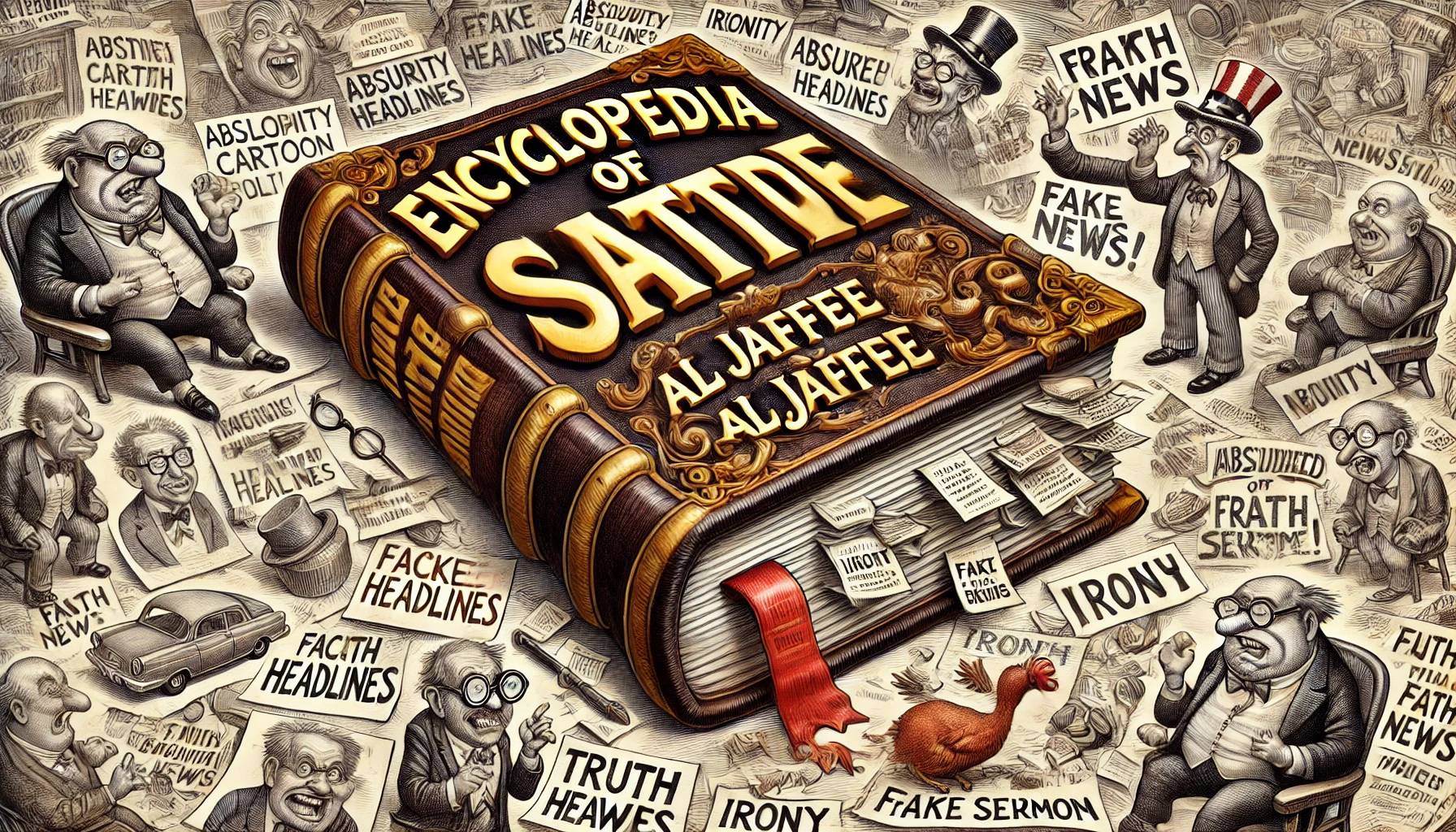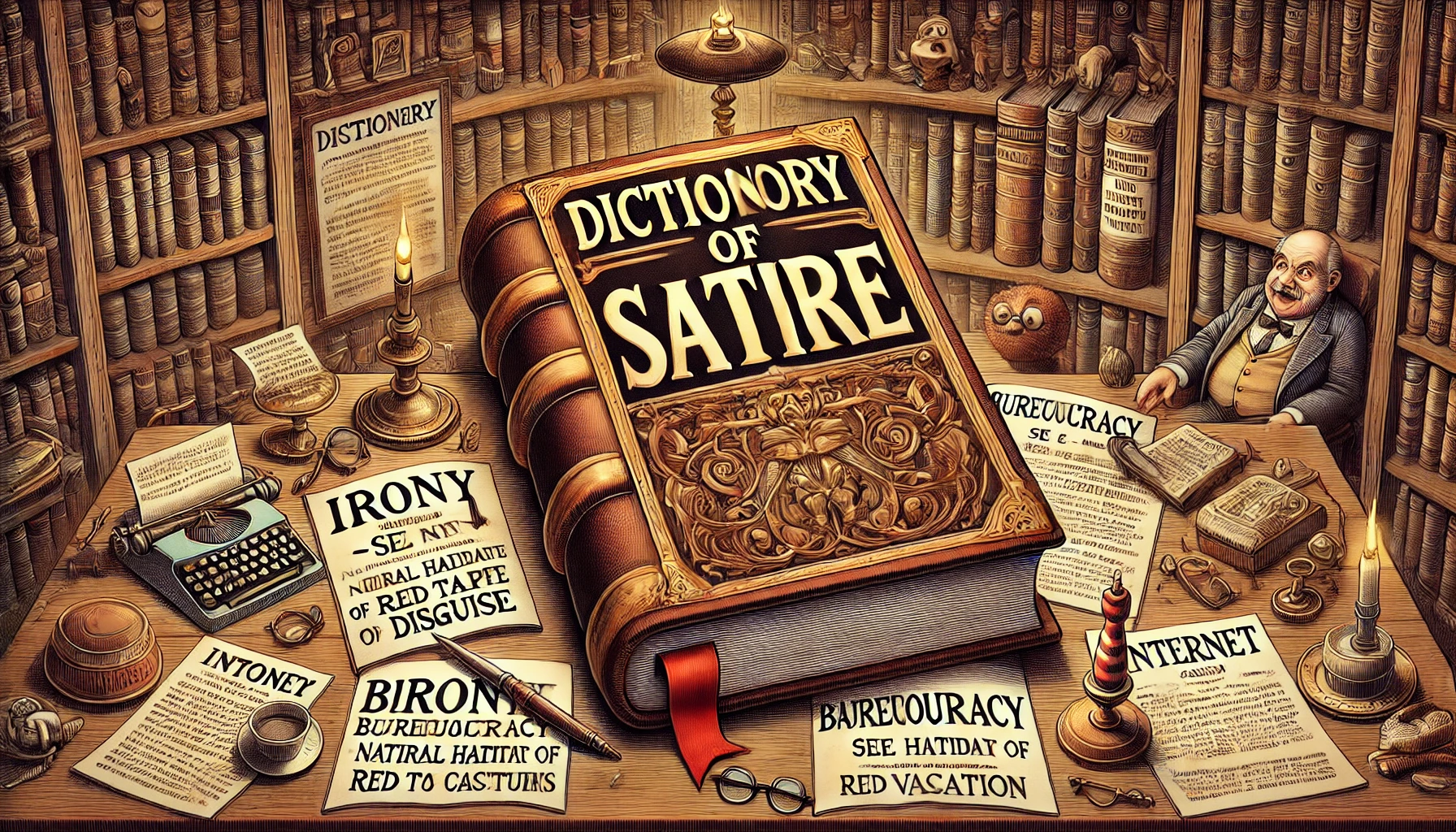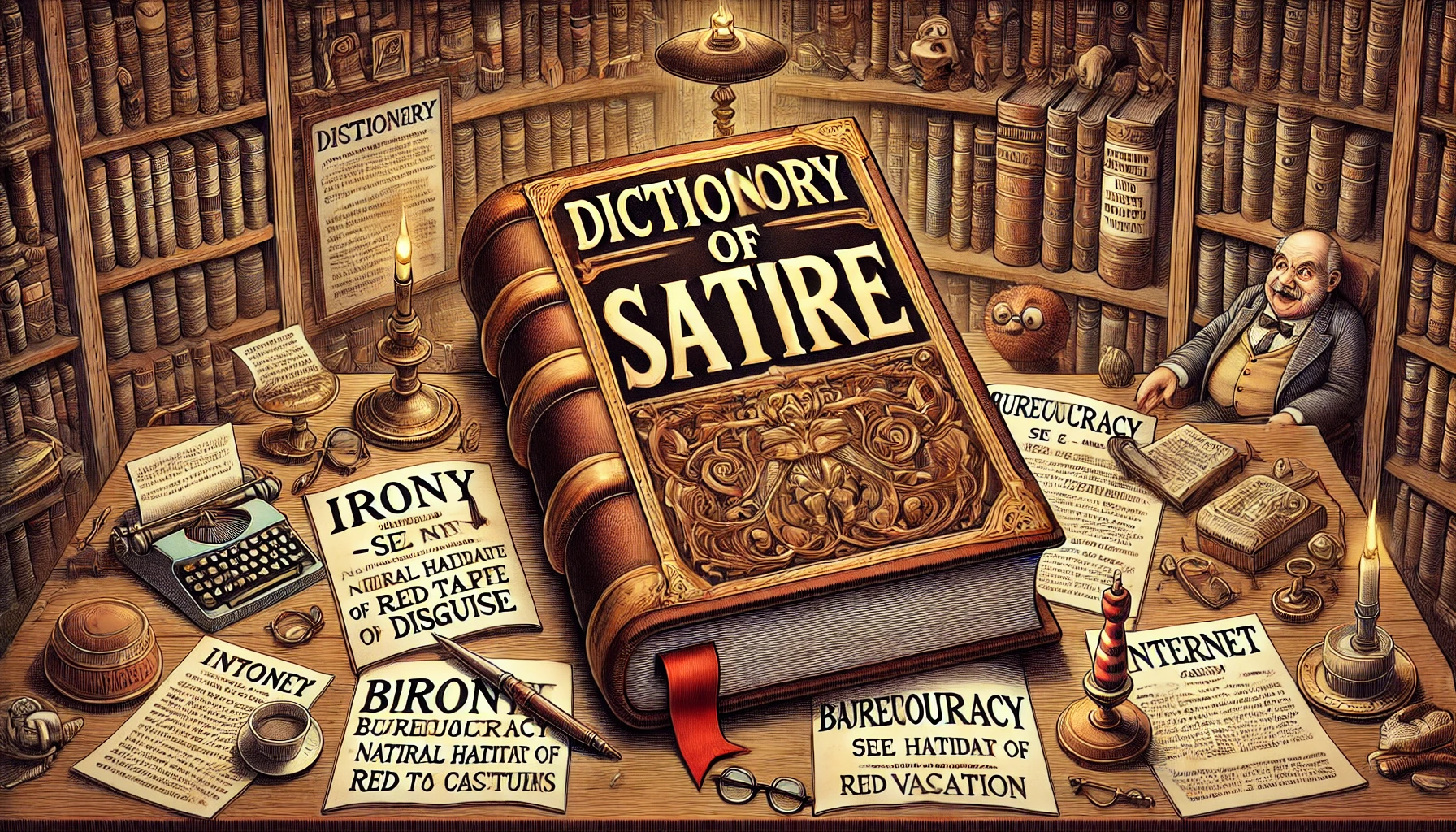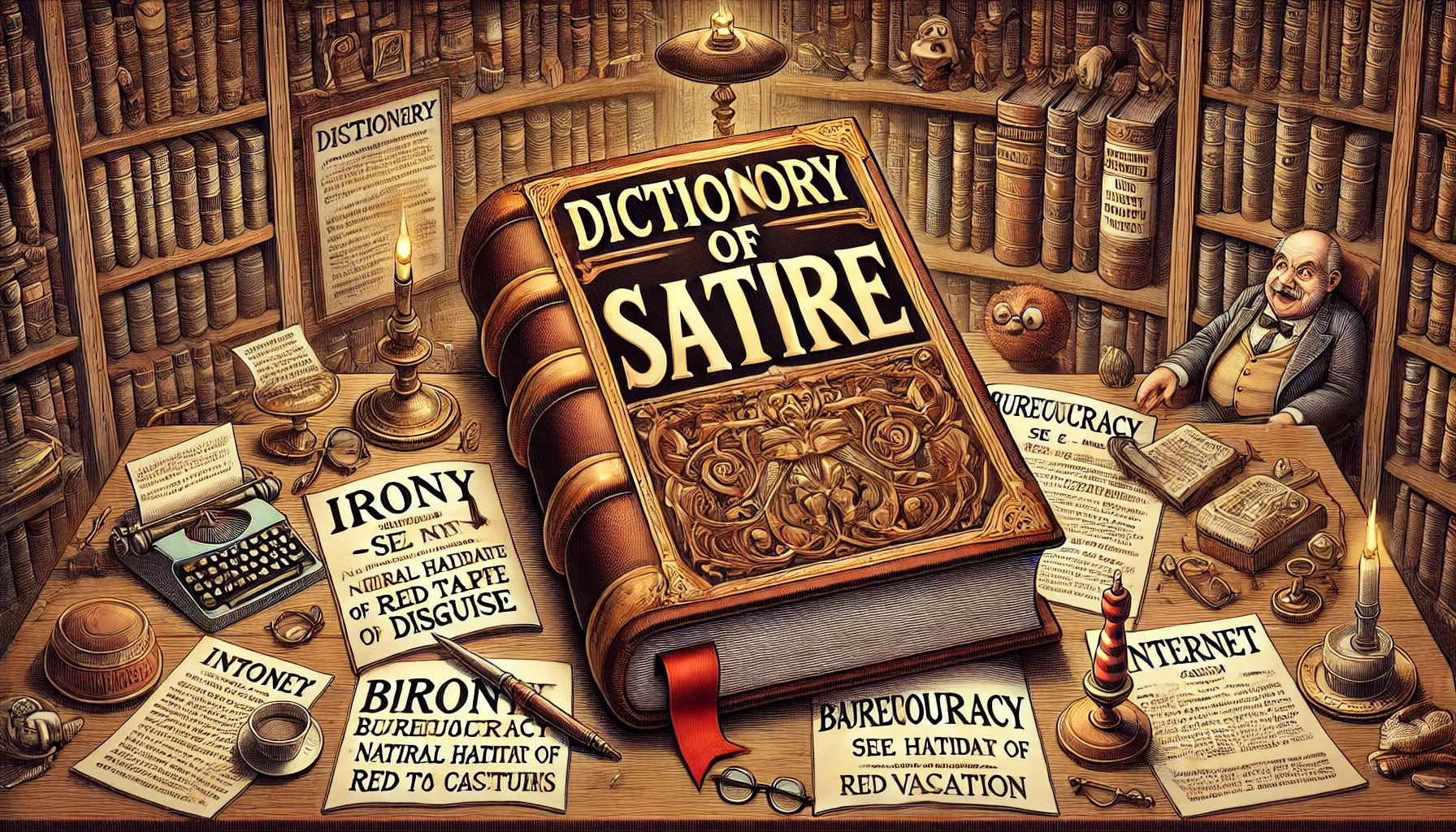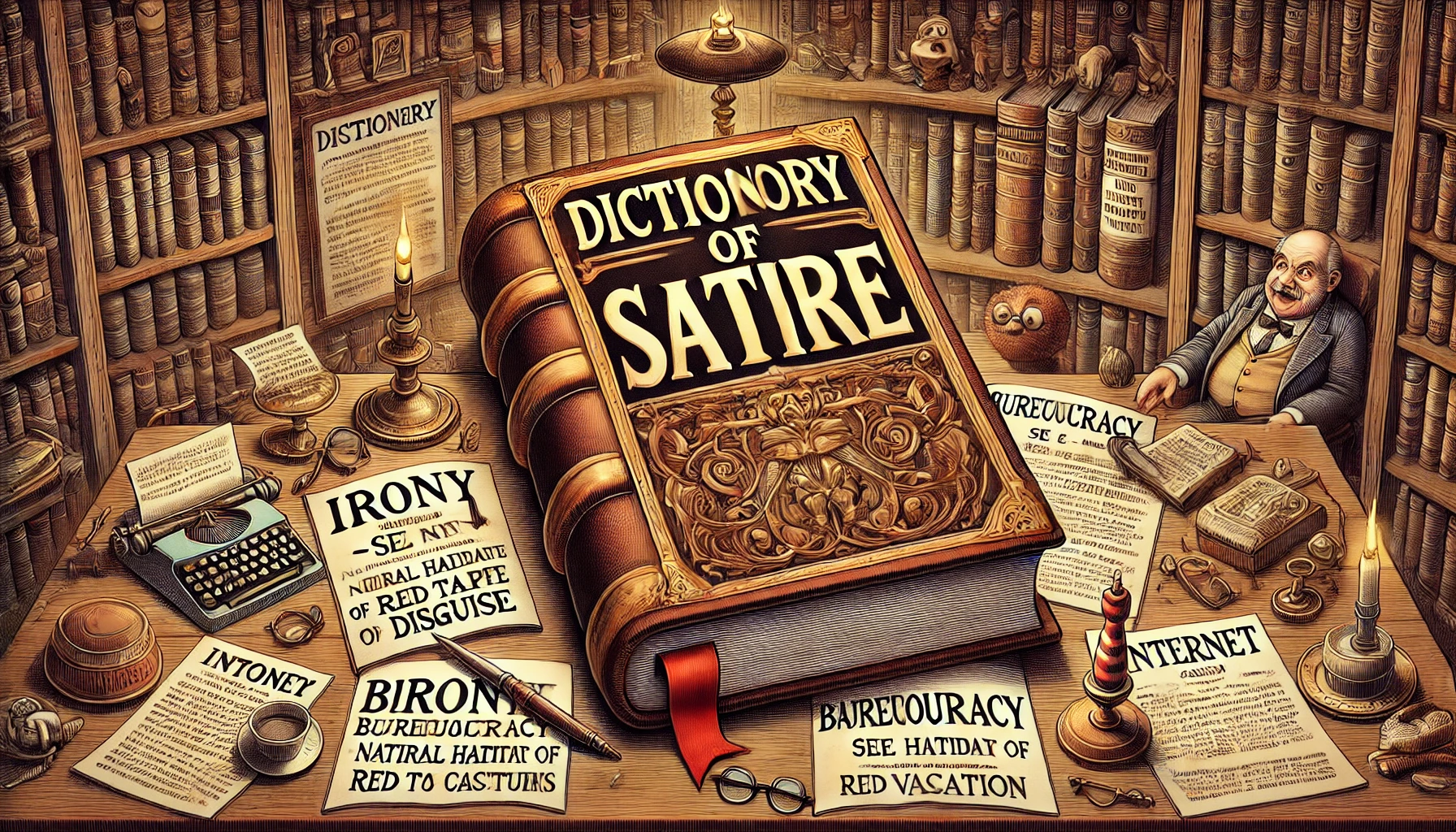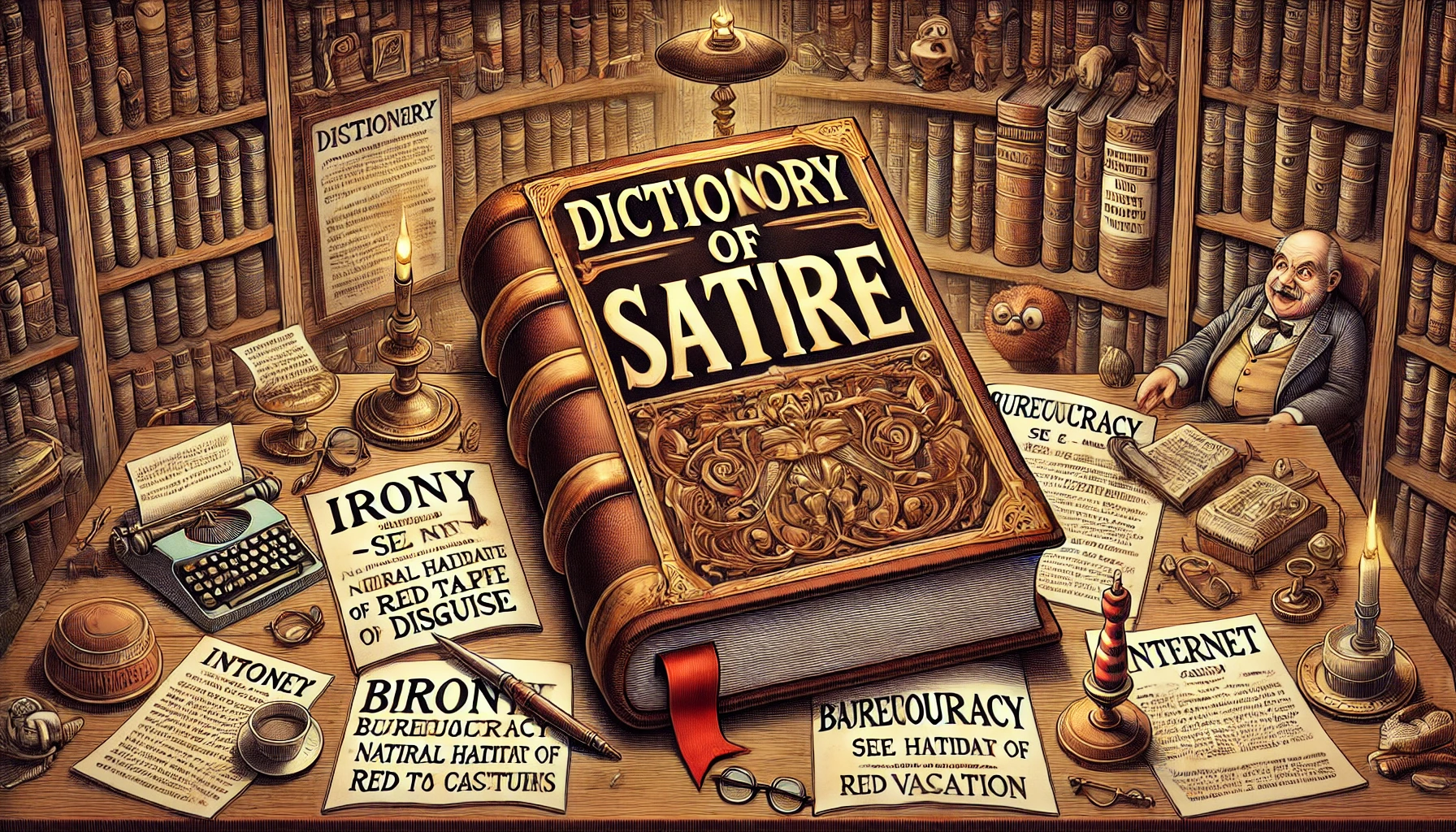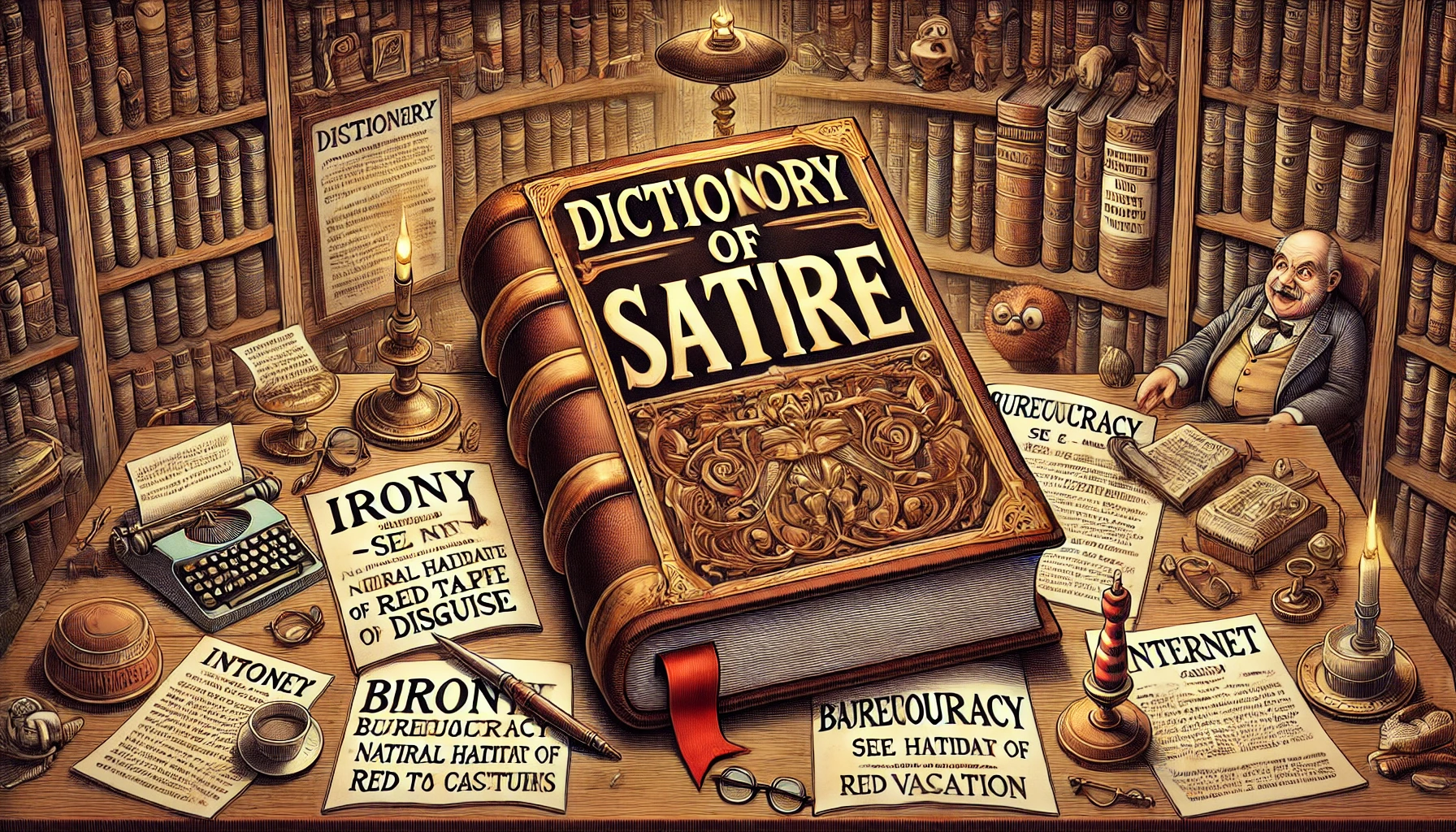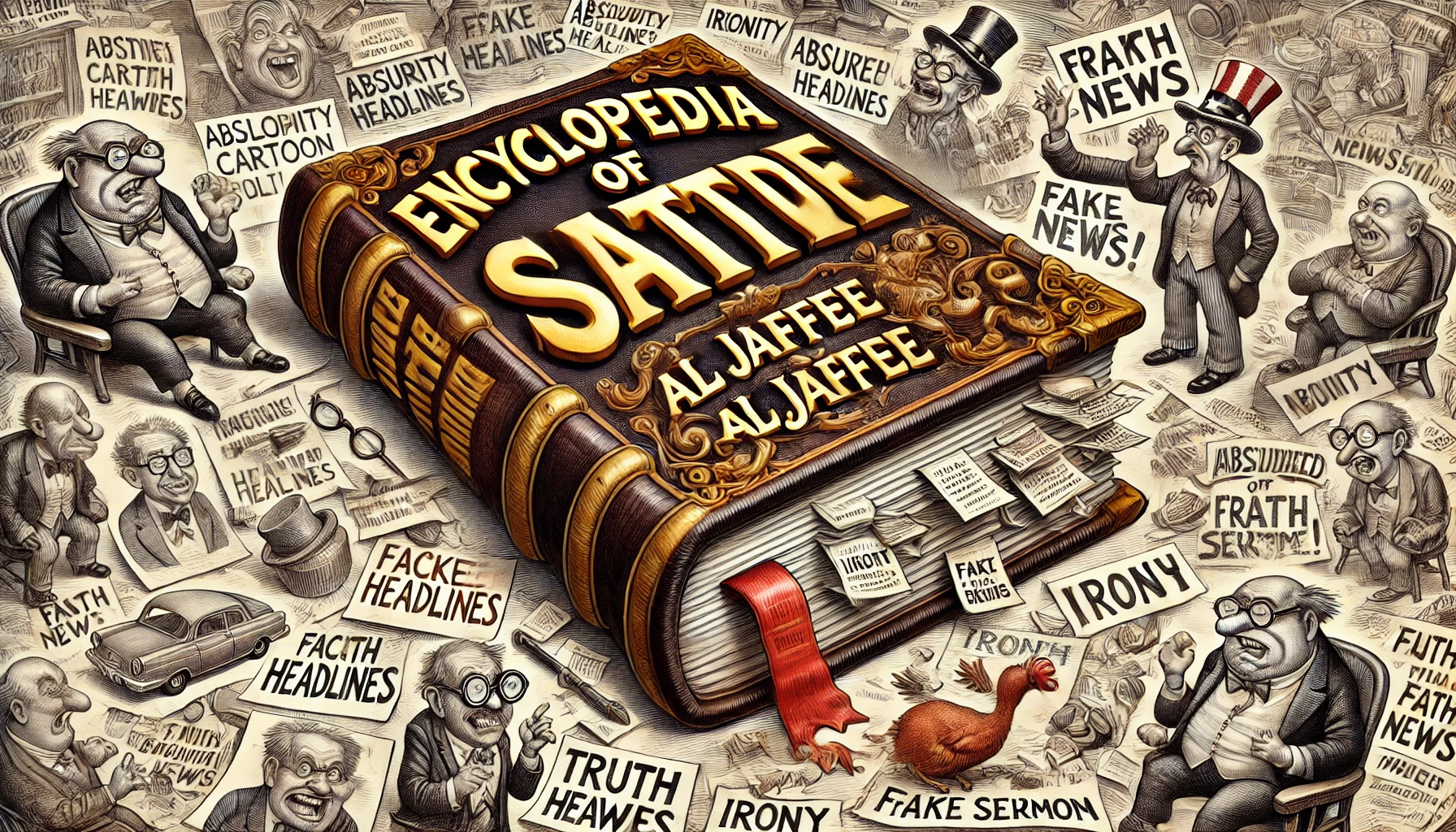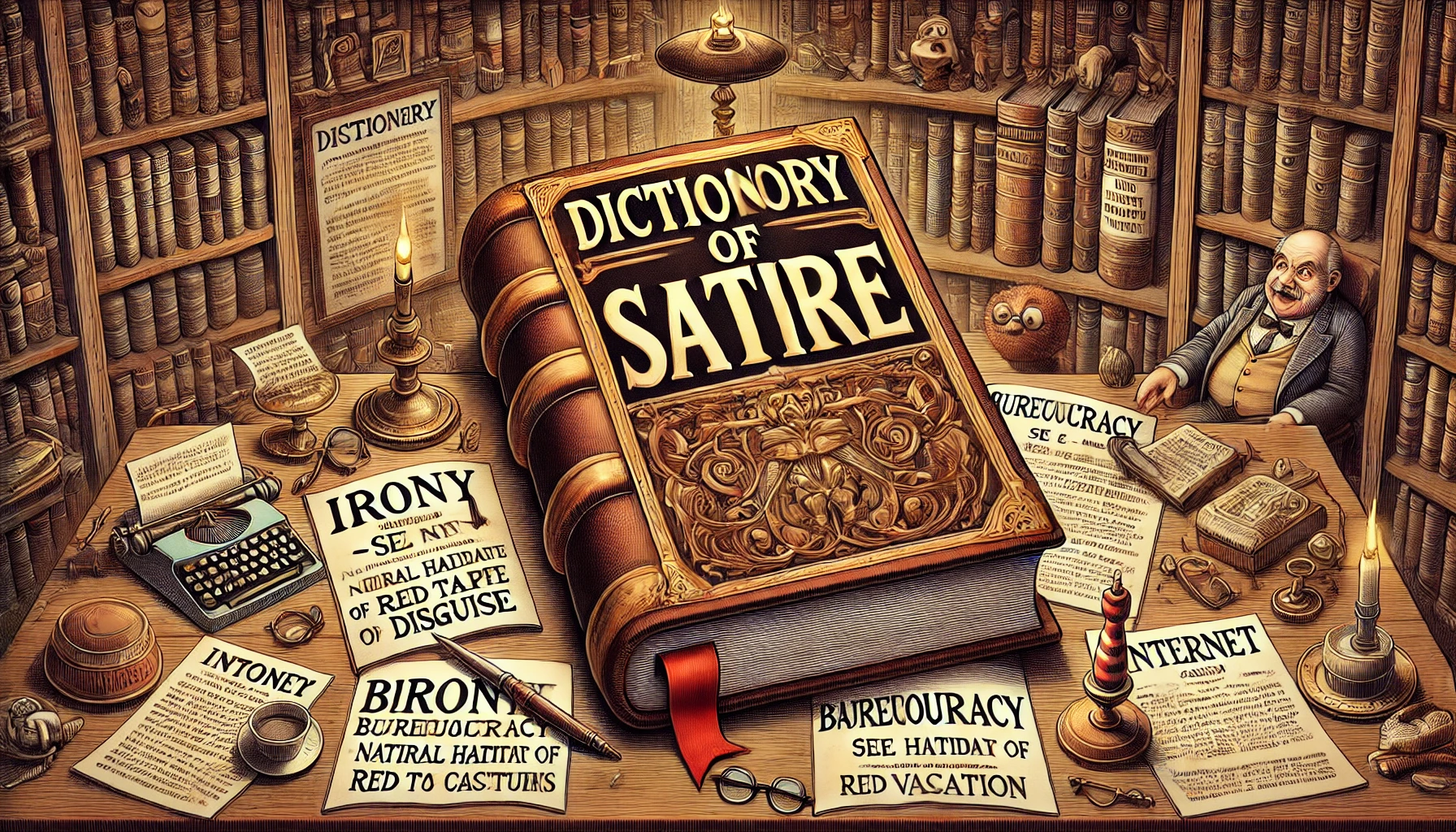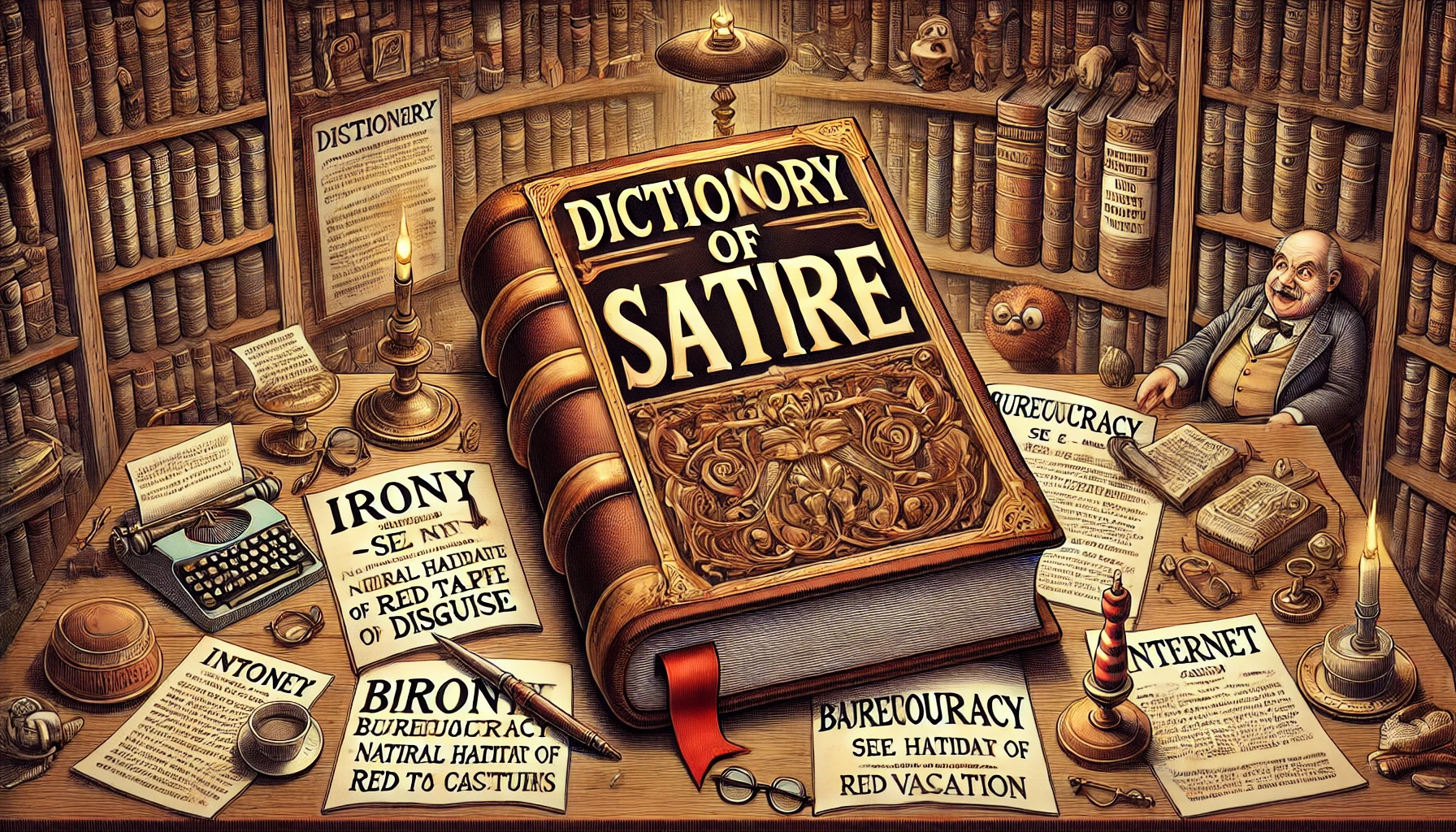Broadsides
and
Ballads:
How
Street
Humor
Shaped
Satirical
Tradition
Introduction
Before
newspapers
and
magazines
became
widespread,
the
streets
brimmed
with
another
form
of
mass
media:
broadsides
and
ballads.
Printed
cheaply
on
large
sheets
of
paper,
these
pieces
combined
text,
simple
images,
and
sometimes
a
melody
to
comment
on
current
events.
This
street-level
satire
served
as
a
potent
tool
for
everyday
people,
allowing
them
to
voice
grievances
and
share
laughs
about
local
scandals.
Though
often
overlooked
in
formal
histories,
broadsides
and
ballads
laid
key
foundations
for
modern
satirical
expression.
The
Power
of
a
Single
Sheet
Broadsides
were
typically
posted
on
walls
or
sold
for
pennies,
featuring
short,
punchy
texts
that
mocked
a
political
figure
or
highlighted
a
scandal.
They
might
offer
a
comedic
verse
about
a
corrupt
official’s
comeuppance,
accompanied
by
a
crude
woodcut
caricature.
Anyone
passing
by
could
pause,
read,
chuckle,
and
internalize
the
message.
Because
they
lacked
the
heft
or
perceived
sophistication
of
books,
broadsides
slipped
beneath
censorship
radars
more
easily.
In
many
towns,
the
local
gossip
spread
through
these
sheets.
A
bawdy
ballad
might
tease
a
philandering
mayor
or
lampoon
a
miserly
landlord.
Commonfolk
who
couldn’t
afford
books
or
newspapers
still
got
a
taste
of
satirical
commentary.
The
comedic
style
disarmed
tension;
readers
could
share
a
laugh
without
fear
of
severe
reprisal—at
least
as
long
as
the
content
wasn’t
deemed
outright
seditious.
Balladeers
and
Their
Comedic
Tales
Ballads,
on
the
other
hand,
combined
singing
and
narrative
to
deliver
satire
that
was
both
entertaining
and
memorable.
Traveling
minstrels
or
street
singers
might
perform
these
songs,
gathering
crowds
in
marketplaces.
A
catchy
chorus
could
lampoon
the
local
bishop’s
hypocrisy
or
a
noble’s
latest
tax
scheme.
Once
people
learned
the
refrain,
they
carried
it
far
beyond
the
singer’s
performance,
humming
it
at
home
or
in
fields—a
viral
spread
before
the
digital
age.
Often
set
to
familiar
tunes,
these
satirical
ballads
masked
potentially
subversive
messages
in
sing-along
melodies.
Even
illiterate
folk
could
learn
a
comedic
lyric,
ensuring
widespread
dissemination.
For
authorities,
stopping
a
tune
was
harder
than
burning
a
pamphlet—how
do
you
silence
a
crowd
that
collectively
knows
the
words?
Censorship
and
Loopholes
Of
course,
kings
and
censors
tried
to
stifle
these
comedic
critiques.
They
banned
certain
topics
or
policed
public
performances.
Printers
were
threatened
with
fines
for
producing
content
that
insulted
noble
families.
But
the
improvisational
nature
of
ballads
and
the
informal
distribution
of
broadsides
worked
in
their
favor.
A
minstrel
could
alter
lyrics
depending
on
who
was
in
the
audience,
removing
a
jab
at
the
local
baron
when
his
guards
were
near,
only
to
reintroduce
it
later
in
a
safer
venue.
In
some
regions,
balladeers
used
allegorical
characters—foxes,
storks,
or
cunning
ravens—to
represent
real
leaders.
Thus,
the
satire
remained
hidden
unless
you
caught
the
references.
Meanwhile,
broadsides
might
couch
criticisms
in
comedic
fantasies
or
moral
fables,
claiming
to
be
mere
fairy
tales.
The
plausible
deniability
kept
them
afloat
in
dangerous
times.
Influence
on
Later
Satire
With
the
rise
of
newspapers,
some
might
assume
broadsides
and
ballads
faded
away.
Yet
their
essence
lived
on
in
the
short,
entertaining
columns
and
cartoon
strips
that
emerged.
The
pithy,
comedic
style
of
these
street
forms
resonated
in
later
journalism.
Even
modern
social
media
memes
echo
their
legacy—brief
texts
or
images
with
widespread
appeal,
easily
shared
and
quickly
grasped.
The
tradition
of
mocking
the
high
and
mighty
in
a
catchy,
accessible
format
persists.
Broadsides
and
ballads
deserve
recognition
as
crucial
stepping
stones
in
satire’s
evolution.
They
democratized
criticism,
inviting
ordinary
people
into
the
conversation
about
leadership,
morality,
and
justice.
By
fusing
humor
with
brevity,
these
forms
ensured
that
comedic
commentary
reached
into
every
corner
of
society,
proving
that
satire
needn’t
rely
on
long
essays
or
expensive
books
to
spark
laughter
and,
at
times,
change.
Originally
posted
2006-07-01
20:18:57.
Go to Source
Author: Ingrid Gustafsson
